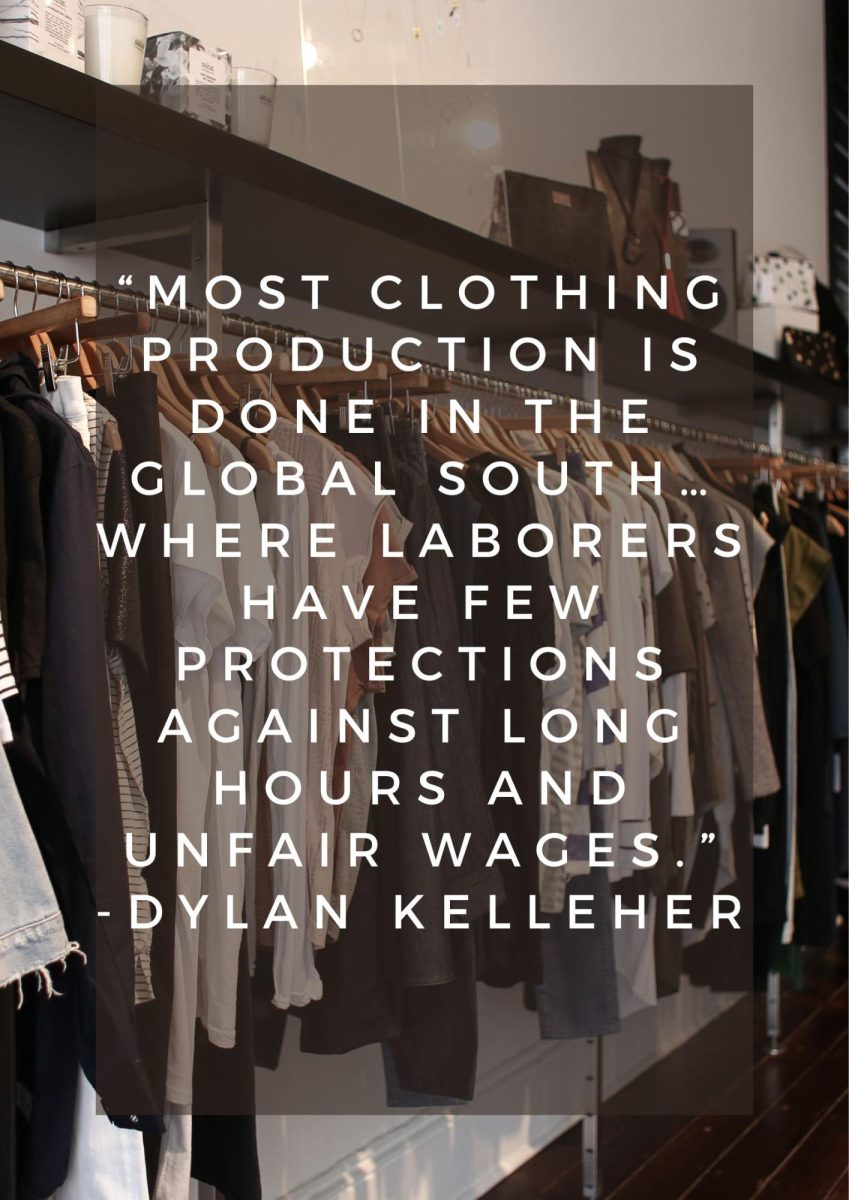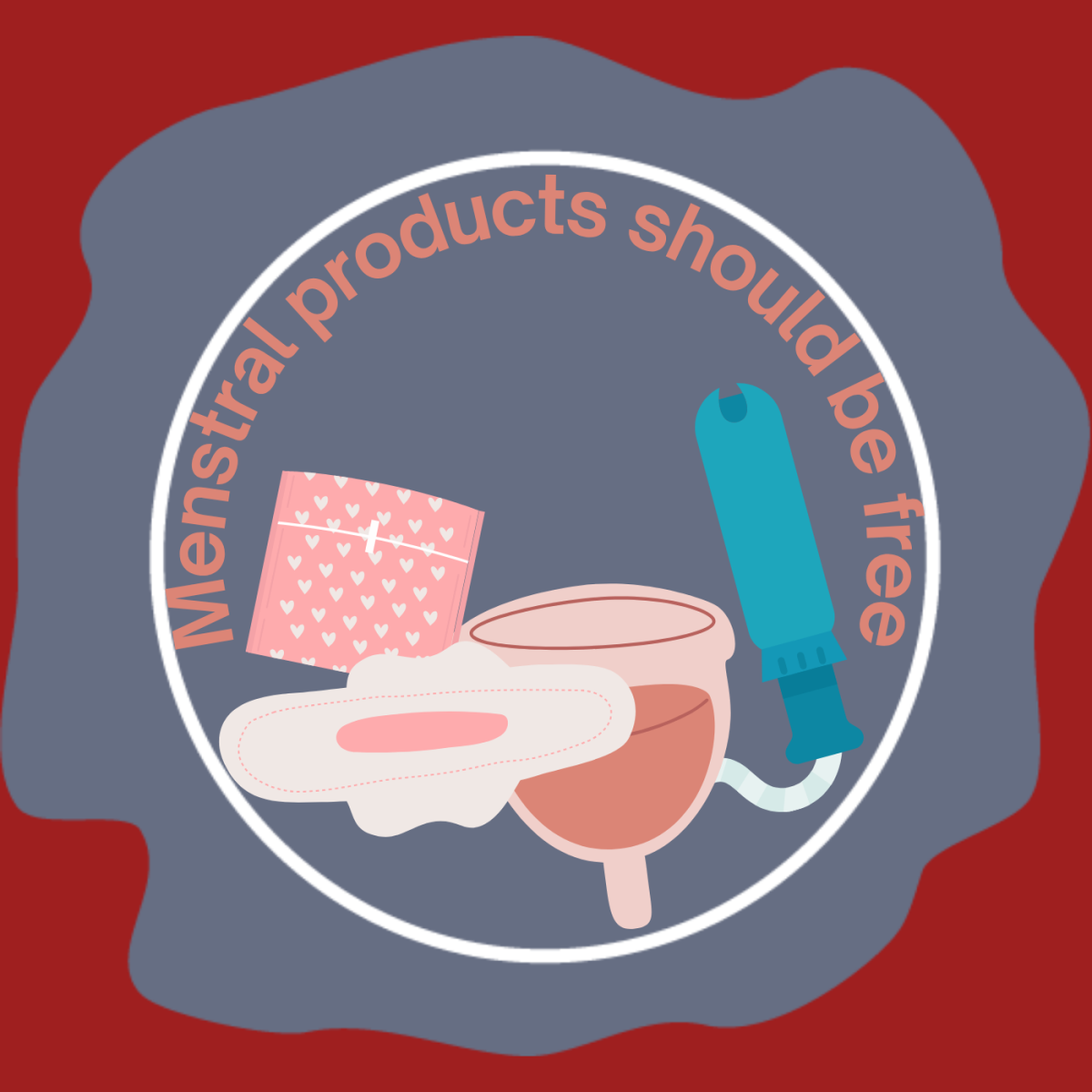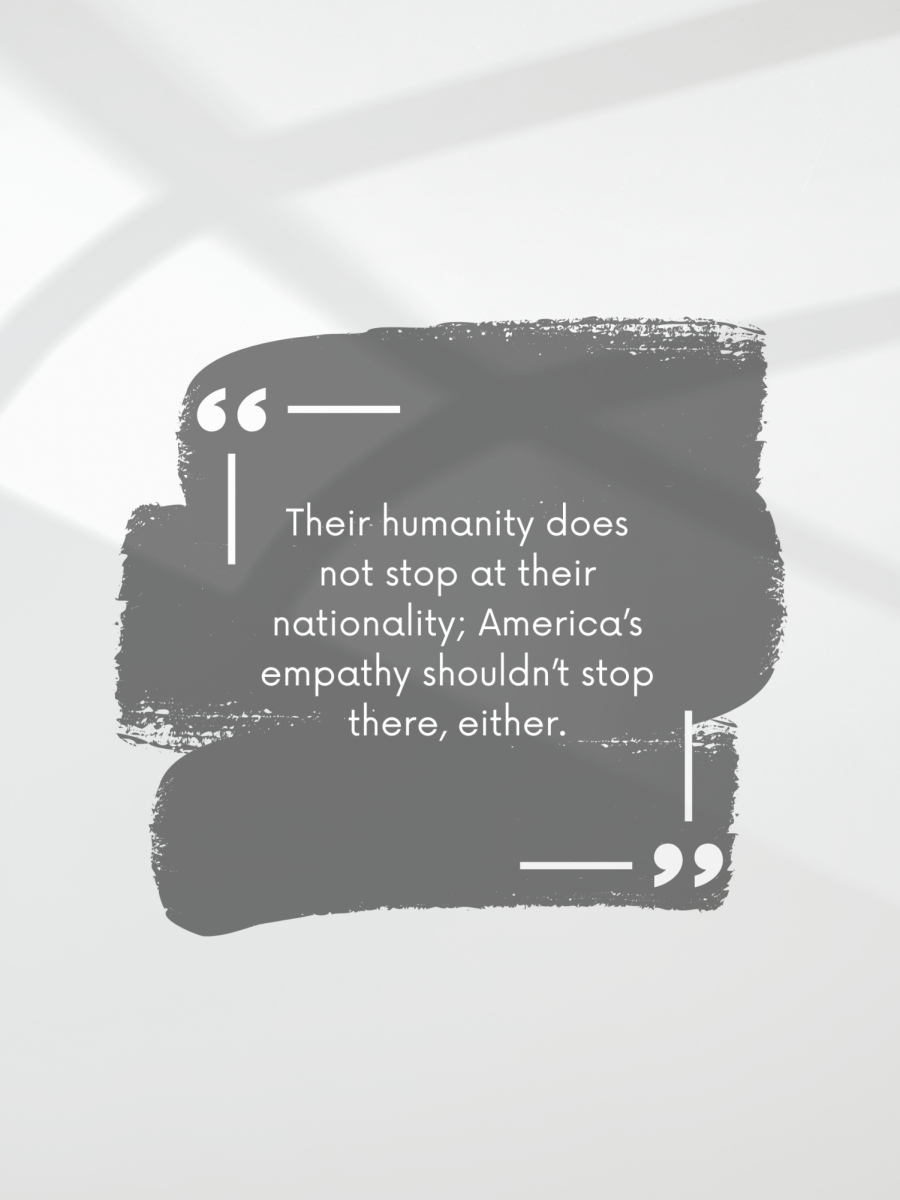The infamous fast fashion brand SHEIN has replaced Adam Whinston as Global Head of Sustainability after three years with Mustan Lalani, a self-proclaimed “senior sustainability strategist” as of January 24, 2025. This new change begs the question, can a company that relies on inhumane labor practices ever become sustainable?
Lalani allegedly has many plans for the company. However, his comments have been vague, and he has yet to lay out a complete plan to help the company become more sustainable.
“My focus will be on embedding circularity, decarbonization and strategic partnerships into the core of the business,” Lalani reported to Charlie King, an author for Sustainability Magazine.
Not to mention, he is trying to find a way to sustain an industry that has historically used slave labor and unethical practices to produce their clothing. Dylan Kelleher, an author for Britannica, published an article titled “Fast Fashion” that discusses the extensive exploitation involved in fast fashion.
“Most clothing production is done in the Global South… where laborers have few protections against long hours and unfair wages.”
According to Kelleher, the fast-fashion industry has exploited workers since the 1970s and has been growing in popularity since then. This makes it seems unlikely that Lalani will be able to significantly impact SHEIN’s production, distribution, and disposal processes. Even Lalani himself mentioned how colossal this challenge could be.
“The scale and complexity of this challenge are immense, but so is the opportunity to set a new standard for sustainability in the industry,” he said in a post on LinkedIn shortly after being hired at SHEIN, “The work ahead requires bold ideas, collaboration, and action.”
SHEIN can theoretically improve its sustainability. However, Lalani’s efforts will most likely make little to no difference in the company – especially considering the increased awareness of SHEIN’s practices. The article “Fast Fashion Trends: The race for speed amid growing ethical and environmental changes,” published on the Heuritech website in 2024, discusses the growth of consumer awareness.
“Consumers are now demanding greater transparency … Moreover, the rise of conscious consumerism is pushing companies to focus on the quality and durability of their products.”
In short, the only way SHEIN could be more sustainable is if it wasn’t SHEIN. The cost of products would need to increase for workers to be compensated adequately for their work, and the manufacturing process would need to slow down to focus on quality. Currently, the only way to combat fast fashion is to not purchase from companies that exploit their laborers and promote fast fashion. Some alternatives to buying from brands like SHEIN are thrifting, mending worn clothes, and supporting sustainable brands like Patagonia.
Categories:
Can fast fashion slow down?
0
More to Discover







